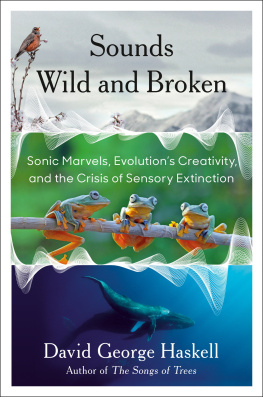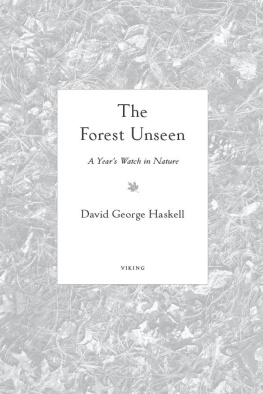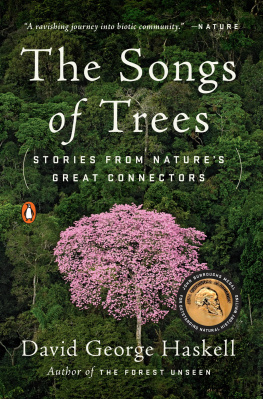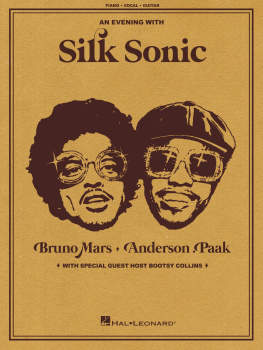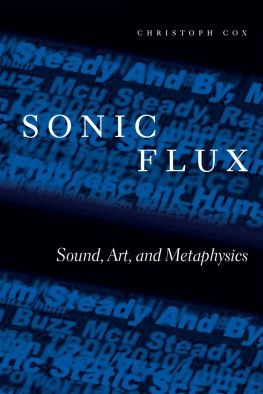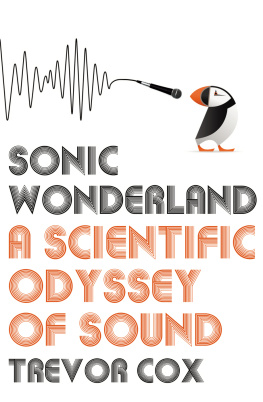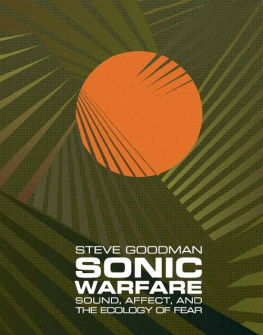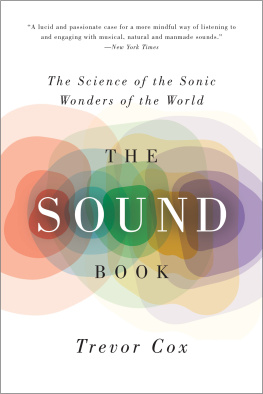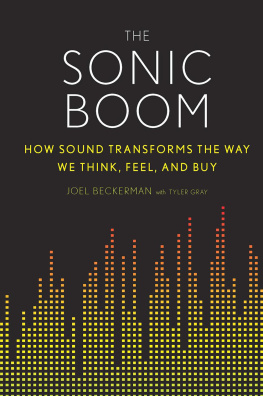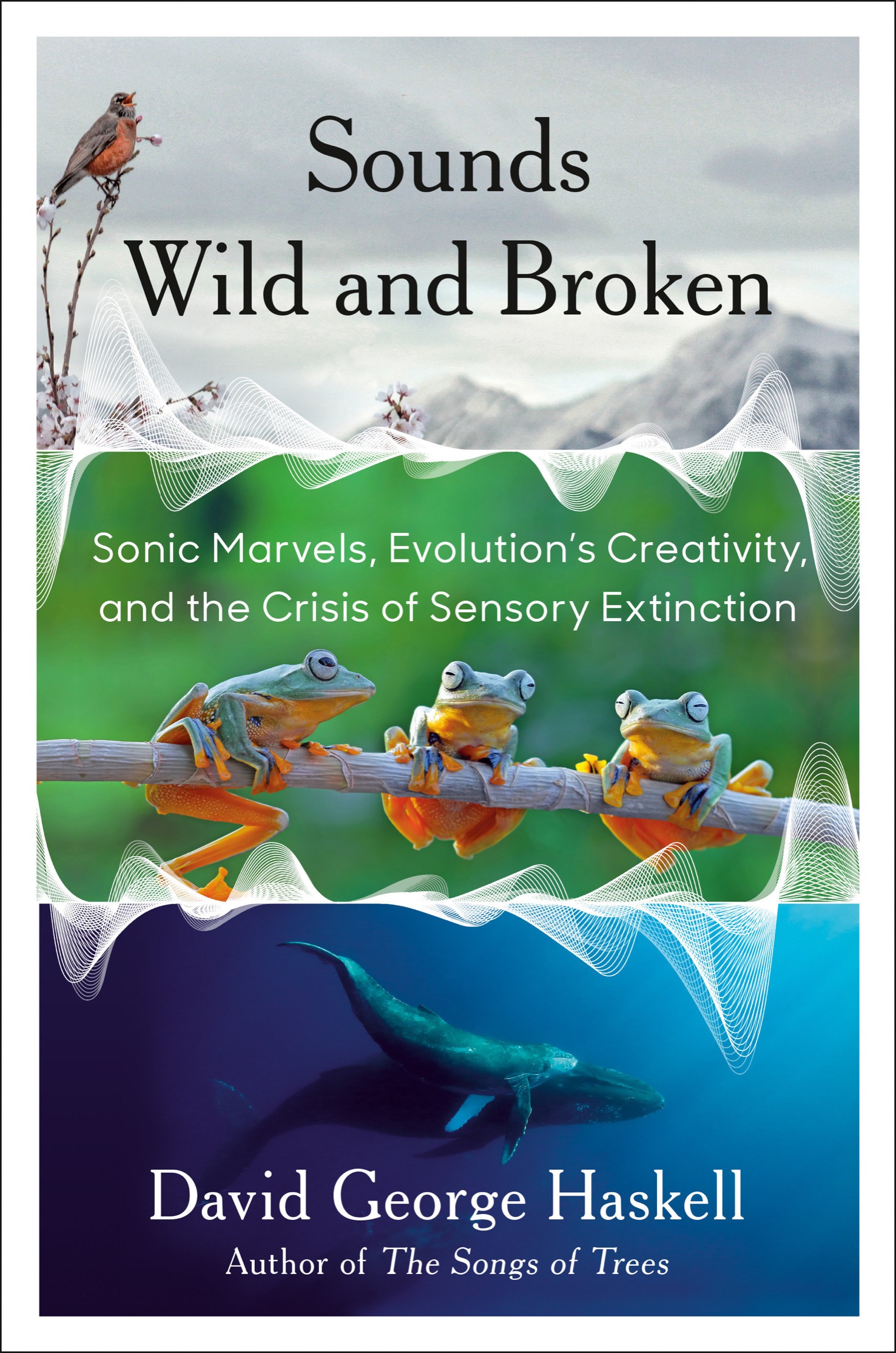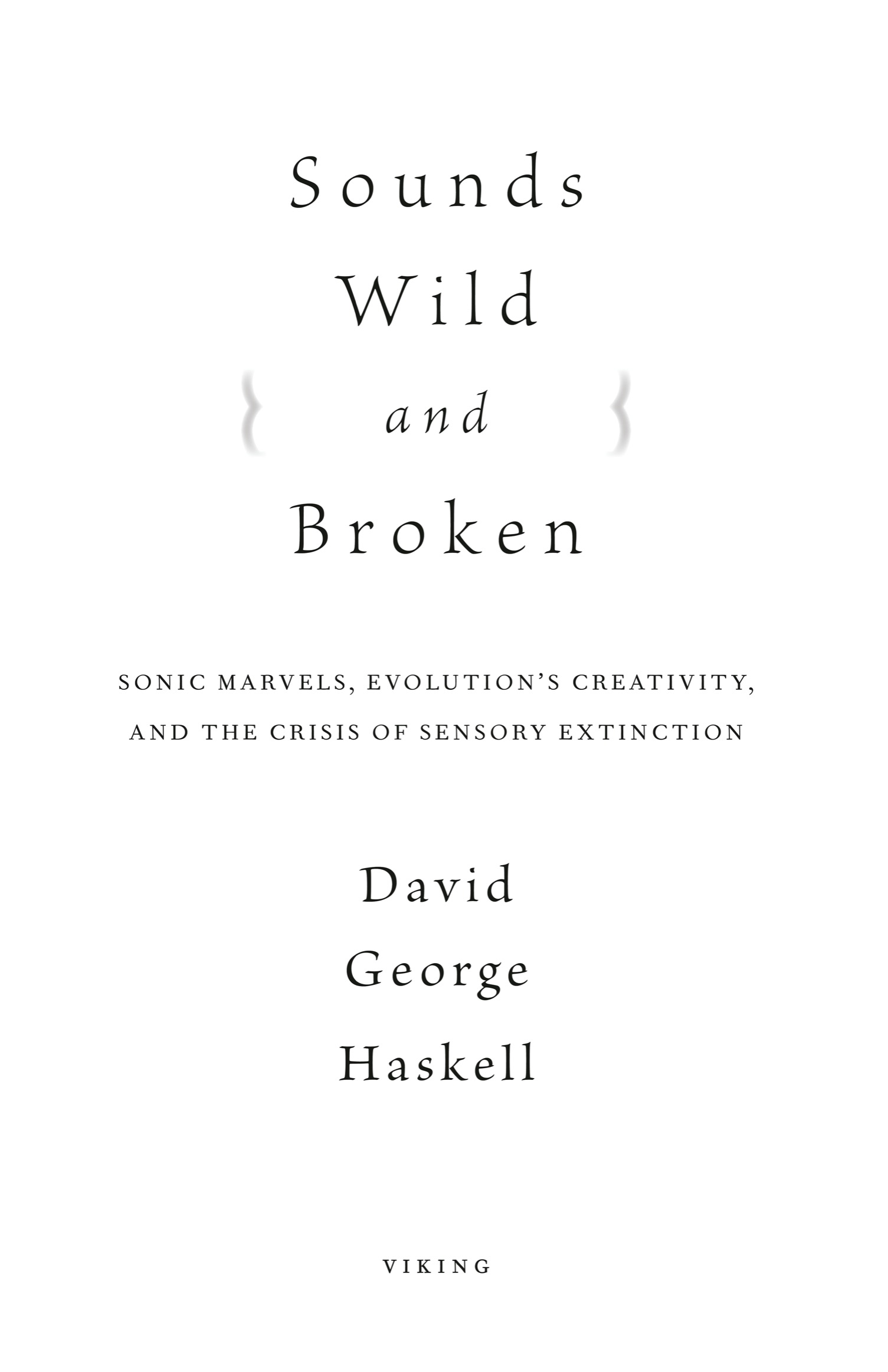David George Haskell - Sounds Wild and Broken: Sonic Marvels, Evolutions Creativity, and the Crisis of Sensory Extinction
Here you can read online David George Haskell - Sounds Wild and Broken: Sonic Marvels, Evolutions Creativity, and the Crisis of Sensory Extinction full text of the book (entire story) in english for free. Download pdf and epub, get meaning, cover and reviews about this ebook. year: 2022, publisher: Penguin Publishing Group, genre: Romance novel. Description of the work, (preface) as well as reviews are available. Best literature library LitArk.com created for fans of good reading and offers a wide selection of genres:
Romance novel
Science fiction
Adventure
Detective
Science
History
Home and family
Prose
Art
Politics
Computer
Non-fiction
Religion
Business
Children
Humor
Choose a favorite category and find really read worthwhile books. Enjoy immersion in the world of imagination, feel the emotions of the characters or learn something new for yourself, make an fascinating discovery.
- Book:Sounds Wild and Broken: Sonic Marvels, Evolutions Creativity, and the Crisis of Sensory Extinction
- Author:
- Publisher:Penguin Publishing Group
- Genre:
- Year:2022
- Rating:5 / 5
- Favourites:Add to favourites
- Your mark:
Sounds Wild and Broken: Sonic Marvels, Evolutions Creativity, and the Crisis of Sensory Extinction: summary, description and annotation
We offer to read an annotation, description, summary or preface (depends on what the author of the book "Sounds Wild and Broken: Sonic Marvels, Evolutions Creativity, and the Crisis of Sensory Extinction" wrote himself). If you haven't found the necessary information about the book — write in the comments, we will try to find it.
A lyrical exploration of the diverse sounds of our planet, the creative processes that produced these marvels, and the perils that sonic diversity now faces
We live on a planet alive with song, music, and speech. David Haskell explores how these wonders came to be. In rain forests shimmering with insect sound and swamps pulsing with frog calls we learn about evolutions creative powers. From birds in the Rocky Mountains and on the streets of Paris, we discover how animals learn their songs and adapt to new environments. Below the waves, we hear our kinship to beings as different as snapping shrimp, toadfish, and whales. In the startlingly divergent sonic vibes of the animals of different continents, we experience the legacies of plate tectonics, the deep history of animal groups and their movements around the world, and the quirks of aesthetic evolution.
Starting with the origins of animal song and traversing the whole arc of Earth history, Haskell illuminates and celebrates the emergence of the varied sounds of our world. In mammoth ivory flutes from Paleolithic caves, violins in modern concert halls, and electronic music in earbuds, we learn that human music and language belong within this story of ecology and evolution. Yet we are also destroyers, now silencing or smothering many of the sounds of the living Earth. Haskell takes us to threatened forests, noise-filled oceans, and loud city streets, and shows that sonic crises are not mere losses of sensory ornament. Sound is a generative force, and so the erasure of sonic diversity makes the world less creative, just, and beautiful. The appreciation of the beauty and brokenness of sound is therefore an important guide in todays convulsions and crises of change and inequity.
Sounds Wild and Broken is an invitation to listen, wonder, belong, and act.
David George Haskell: author's other books
Who wrote Sounds Wild and Broken: Sonic Marvels, Evolutions Creativity, and the Crisis of Sensory Extinction? Find out the surname, the name of the author of the book and a list of all author's works by series.

